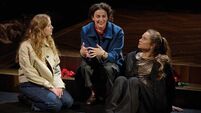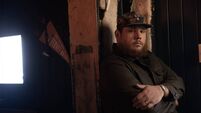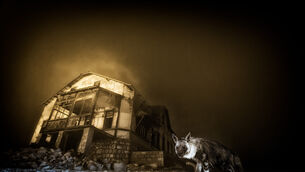Hector on his Caribbean show: 'The Irish were the biggest slave drivers in Montserrat'
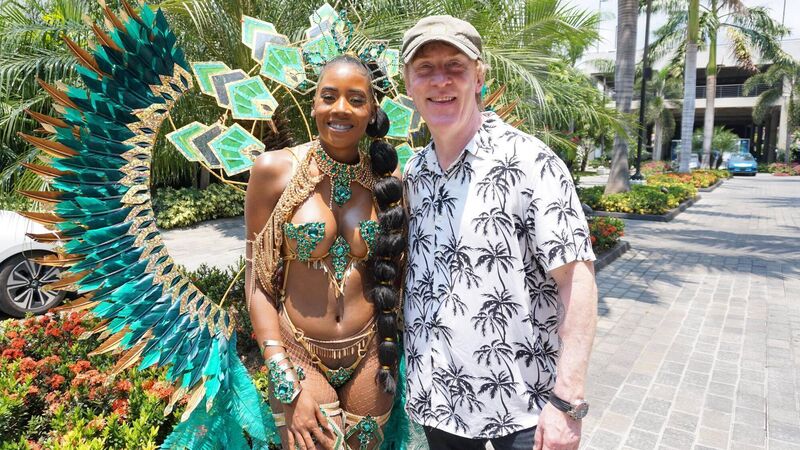
Hector Ó hEochagáin and a carnival particpant in Jamaica, as part of the Hector Caribbean series on TG4.
It seems like Hector Ó hEochagáin gets some of the best gigs in Christendom — traipsing around the globe filming travel shows. For his latest adventure, he visits the Caribbean’s necklace of enchanting islands, including Cuba, Jamaica, and the Dominican Republic.
“We all have this preconception about the Caribbean,” says Hector. “When I tell people I'm away in the Caribbean, they say, ‘you lucky duck’, but maybe when they'll see the series, they'll go, ‘Wow. What a really interesting series.’ It's a unique part of the world with an awful lot of questions to be answered. We've got some good twists and turns like that the Irish were the biggest slave drivers in Montserrat; we were branding the black slaves — ‘you’re a Sweeney now’.”
Following Oliver Cromwell’s war in Ireland in the 17th century, the notorious military leader sent thousands of Irish prisoners, including young Irish women as ‘sex slaves’, down to the Caribbean under the catch cry ‘to hell or Barbados’. As indentured slaves, the Irish who survived got their freedom after seven years, but African slaves, however, could never get their freedom.
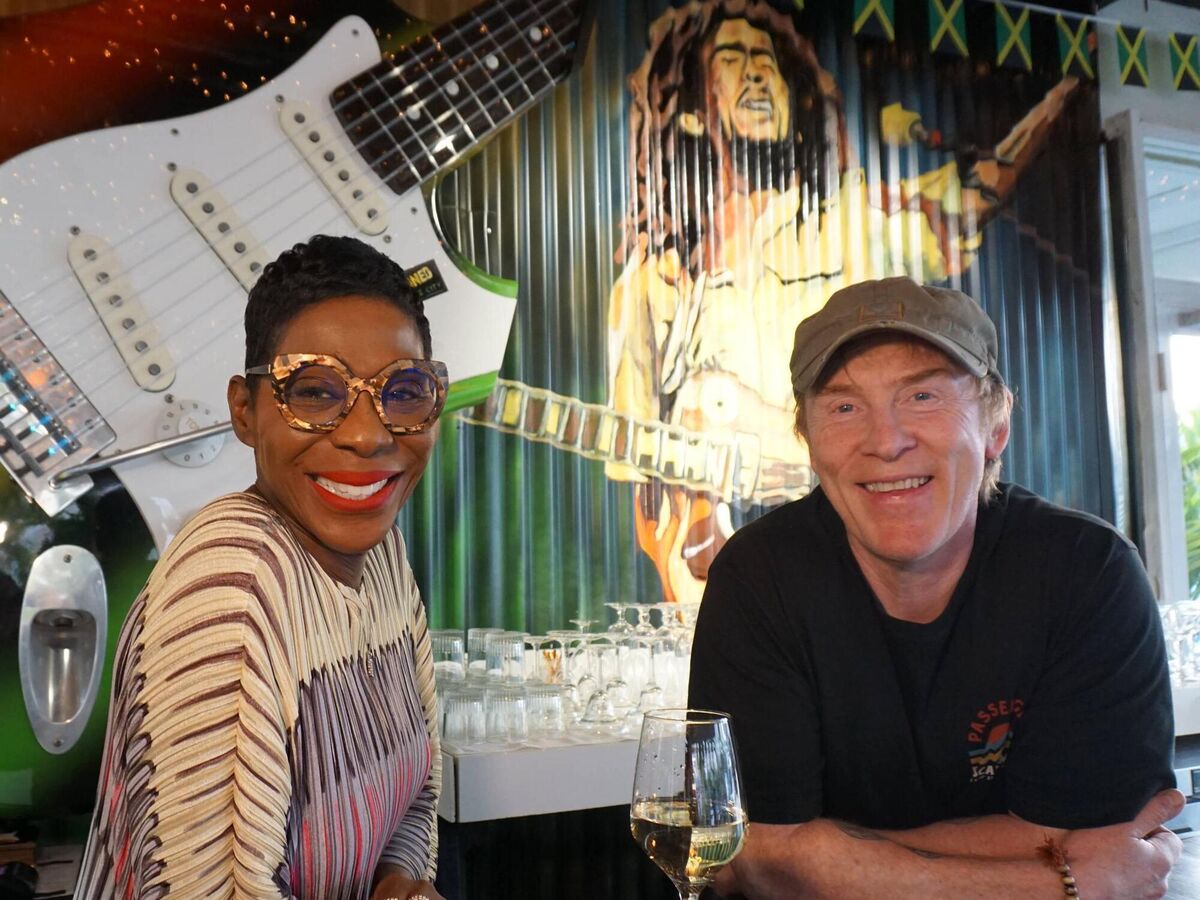
Hector certainly doesn’t shirk the grim side of life in the Caribbean, amid the landscape’s beguiling beauty and the exuberance of the island’s peoples. In revisiting Cuba, which he covered over 20 years ago in an earlier travel series, his production team decided for the first time to devote two episodes to one country — the opening episode on the capital Havana; and a follow-on episode on the Cuban countryside.
The longer format provides Hector — who is a fluent Spanish speaker, having lived in Bilbao, Spain for five years in his 20s — with greater reign to delve into political issues. He threads a line between horseplay with the locals, teasing out their colour and their charm, with insights into the troubling day-to-day predicament of the vast majority of Cubans — how to put food on the table. It feels like everyone in Havana gets up in the morning to hustle for a living.
“Each person now in Havana is trying to make a living selling something,” says Hector. “Along the street, you have a woman selling batteries at her door. The next lady sells washing-up liquid and flip flops. If you want to watch Peaky Blinders, you go in with your USB key and you download the TV series at the next doorway.
“We met a lady in the Cuban countryside. We stayed in her little B&B. We started talking. Her son that's 23 had just left for Mexico with six other young men from the village on a dinghy about three months before that. Her biggest worry was that their motor would break and that they'd be stranded in the Gulf of Mexico somewhere, which is a huge piece of water. After five days at sea they got to Mexico; after three weeks in Mexico, they got to the border. They crossed the Rio Grande, and they're now in Miami. This is what you're dealing with.
“On one of the roads we were travelling on the pothole was so big – it was about 16ft-wide and 10ft-deep and it's been like that for five years — we had to double back another 40 miles over the mountain to get to our destination. Then we stop and we see two old farmers on the side of a mountain, in the middle of the midday heat, drying their coffee beans in the middle of the road because there's no traffic. It’s beautifully brilliant. Somehow these people are the most incredibly caring, loving people with an amazing sense of humour."
As he travelled the region, Hector says his head filled with questions. “What the hell is going on in this part of the world? These monstrous cruise ships pull in to shore. Tourists get off and take their Instagram shots and then they're gone again. I saw a great piece of graffiti in San Juan, Puerto Rico. On the side of the building was a picture of the Caribbean Sea, with a beautiful beach, palm tree and sunset, but under the water it’s chains, skeletons and darkness. Above the water, it's pina coladas; below the water, it's chains, skeletons and darkness. That’s the way the Caribbean is to the people of Puerto Rico because they’re overthrown by tourists who take their beaches. They’re lost.”
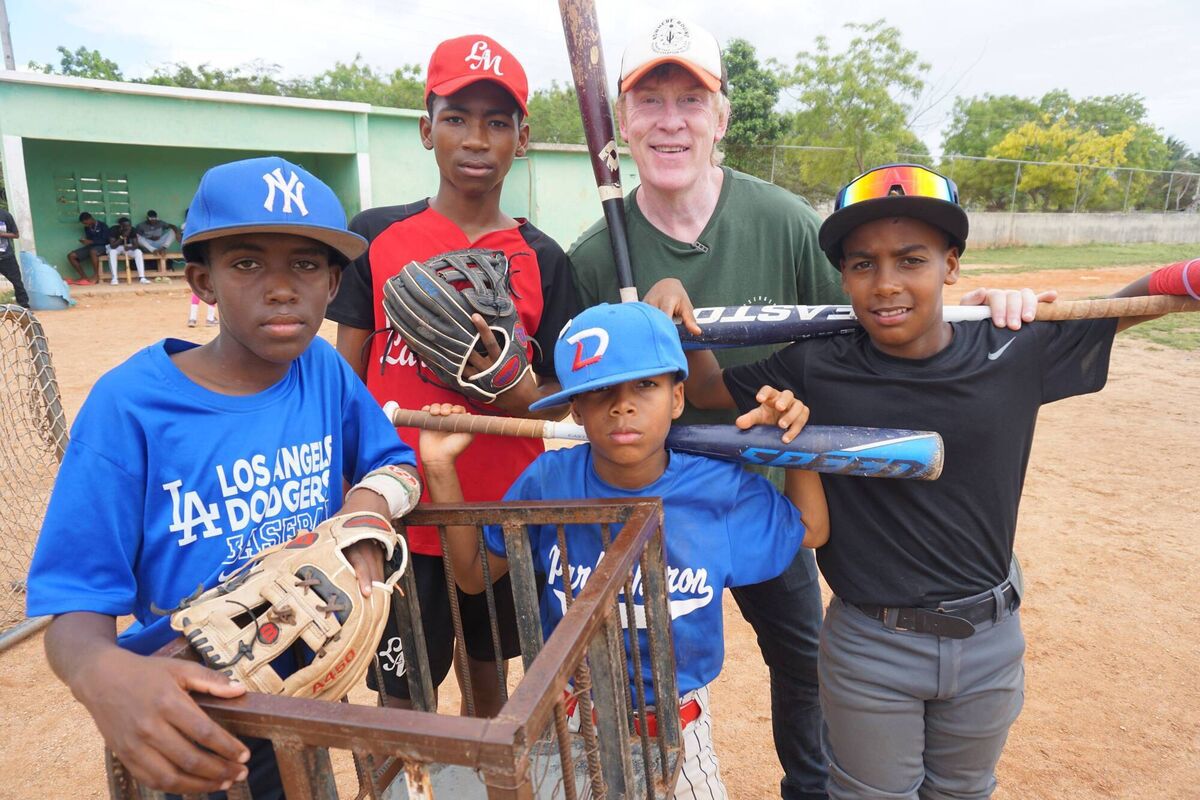
Hector takes in several interesting detours, discovering why the Dominican Republic provides so many Major League Baseball stars in the United States, for example, as well as one brazen, hair-raising trip inside the ranch of Santiago Riverón, an all-powerful mayor at Dajabón, a volatile town on the border with Haiti. It’s clear Hector is at ease in that part of the planet.
“I've always felt an affinity to the Rastafarian world,” he says, adding: “ ‘You gotta live the life you love, and love the life you live.’ This is my fibre. My driver in Antigua was called Chalice. We met at the airport. He greeted me: ‘Yeah, man, Hector, welcome to Antigua! Come now, man.’ And I said, ‘Chalice, respect.’
“Every time you meet somebody in Antigua — if you go into a shop or a supermarket — you put your hand on your heart, and you go, ‘Blessings’, and they go, ‘Every time’. So after a while, me and Rosco [Ross O’Callaghan, director of photographer] were saying, ‘Blessings’ to everyone. And they were like, ‘Every time.’ It's a beautiful way of connecting.”
- The first episode of is on TG4, 9.30pm, Thursday, October 24. See: www.TG4.ie.
There’s a wonderful soundtrack to . Music is the programme’s star, as Hector winds his way around the Caribbean. Each island has its own infectious type of popular music, including salsa and the blues in Cuba; reggae and dancehall in Jamaica; bachata in the Dominican Republic; la bomba, a tribal music developed by African slaves, in Puerto Rico; and calypso beats in Trinidad and Tobago.
Reggae has been a close friend to Hector through his life, as it is to the people he met in Jamaica: “It's an honour to be there because I love my reggae and I love my dub reggae. Reggae and dancehall oozes out of every window in Jamaica. It's on every corner. It's boomed out of every car. Every man has reggae on in their dancehall. Music has never been as important to these people. It's in everything thing they do. It's in the way they cook. It’s in the land. It's the way they are.
“It's not just about Bob Marley. It's neverending. It's about those hundreds of other artists like Toots and The Maytals. You can go down into this treasure chest of Gregory Isaacs, Peter Tosh, The Skatalites. Now there's the new waves like Alborosie, Protoje and Shenseea. These are modern superstars who are the new Bob Marleys of Jamaica.”
